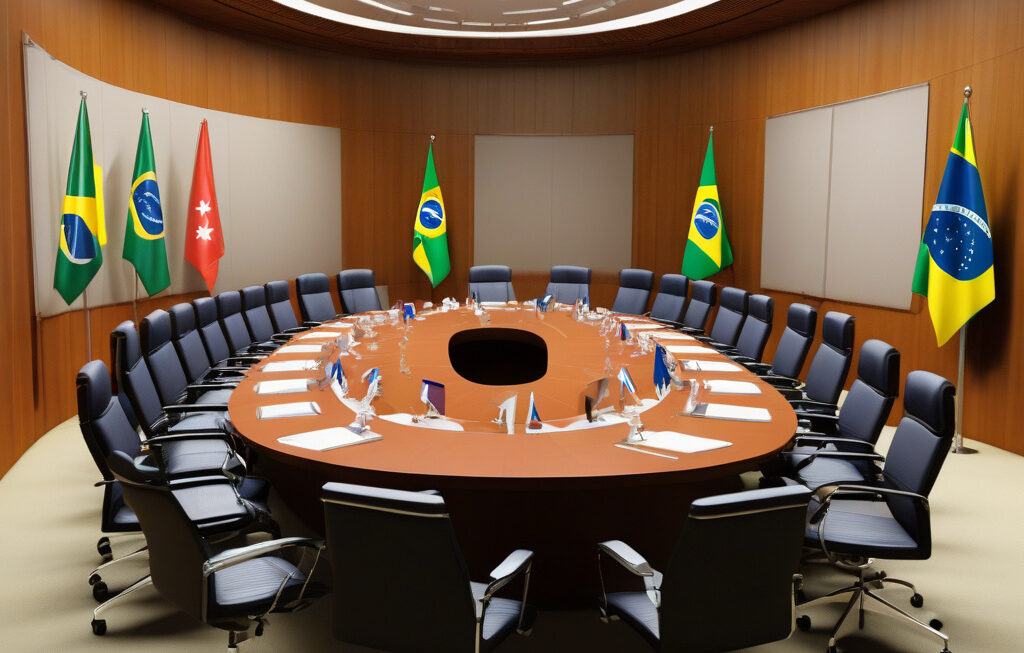Asia Factory Outlook at Lowest Since Pandemic on Trump Tariffs
Manufacturers in Southeast Asia are facing a challenging landscape as they navigate through uncertainties surrounding trade tariffs imposed by the Trump administration. Despite recent improvements in output, the overall sentiment towards future growth in the region has dampened significantly, reaching its lowest point since the onset of the pandemic.
The imposition of tariffs by the Trump administration has created a ripple effect across the global supply chain, impacting manufacturers in Southeast Asia. The uncertainty surrounding trade policies has made it difficult for businesses to make long-term strategic decisions, leading to a sense of hesitation and caution among industry players.
One of the key factors contributing to the subdued outlook is the lack of clarity on the future of trade relations between the United States and countries in Southeast Asia. The unpredictability of tariffs and the potential for further escalation have created a sense of unease among manufacturers, hampering investment and expansion plans.
Moreover, the ongoing trade tensions have disrupted supply chains, leading to delays in production and increased costs for manufacturers in the region. As a result, many businesses are reevaluating their operational strategies and exploring alternative markets to mitigate the impact of tariffs on their bottom line.
Despite these challenges, there are opportunities for manufacturers in Southeast Asia to adapt and thrive in the current environment. By diversifying their customer base and exploring new markets, businesses can reduce their reliance on any single market and minimize the impact of trade uncertainties.
Furthermore, investing in technology and innovation can help manufacturers enhance their competitiveness and efficiency, enabling them to weather the storm of tariffs and emerge stronger in the long run. Automation, digitalization, and smart manufacturing practices can streamline operations and drive productivity, positioning businesses for sustainable growth in the face of external pressures.
Collaboration and partnership among industry players can also play a crucial role in navigating the complexities of the current trade landscape. By sharing best practices, insights, and resources, manufacturers in Southeast Asia can collectively address common challenges and drive innovation in the industry.
In conclusion, the Asia factory outlook in Southeast Asia is currently facing challenges due to the uncertainties surrounding trade tariffs imposed by the Trump administration. While the road ahead may be bumpy, there are opportunities for manufacturers in the region to adapt, innovate, and collaborate to overcome these challenges and emerge stronger in the post-pandemic era.
#AsiaManufacturing #TradeTariffs #SoutheastAsiaBusiness #TrumpAdministration #GlobalSupplyChain












